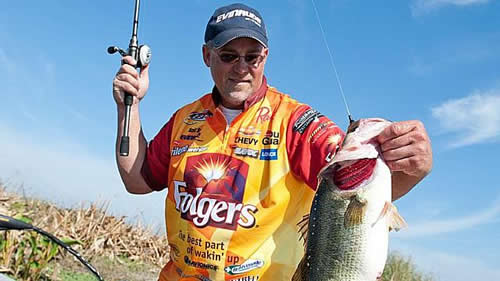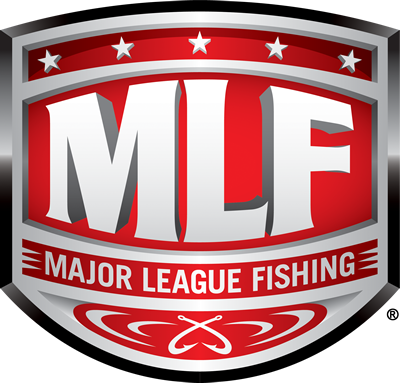
One of my favorites is a lead-head version, and it’s taught me something about how to set up to cast these things. What I’ve found is that you always want the weight of the lures you’ve got on the rig to be at least a little bit heavier than the head. If you don’t, when you cast the rig is liable to roll or helicopter badly and twist your line.
Also, another important thing I’ve learned is that you need to clamp down on the spool with your thumb right before the rig hits the water so that the head is pointed toward you and the lures are to the rear. Otherwise, you’re liable to have a real cobweb when you get it back to the boat.
My personal preference for casting is a 7 ½-foot rod with 50-pound-test Spiderwire Ultracast braid. My favorite lures are the Berkley Split Belly, with the Berkley Hollow Belly being a close second. I rig the Split Belly with the jighead on the outside and rig the Hollow Belly with the head on the inside. I started out using 5-inch models, but when winter came along and the water got colder, I switched to the 4-inch sizes.
Like I said, I’m still learning, but I’ve got a few things figured out about the Alabama rig so far, and it’s working for me.


















